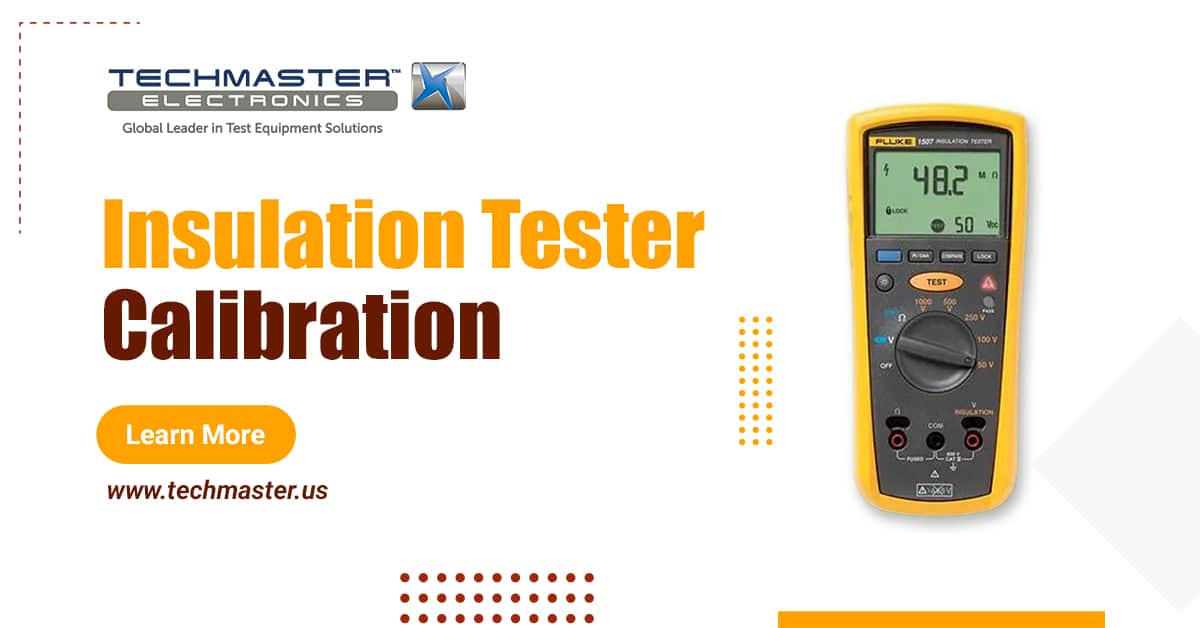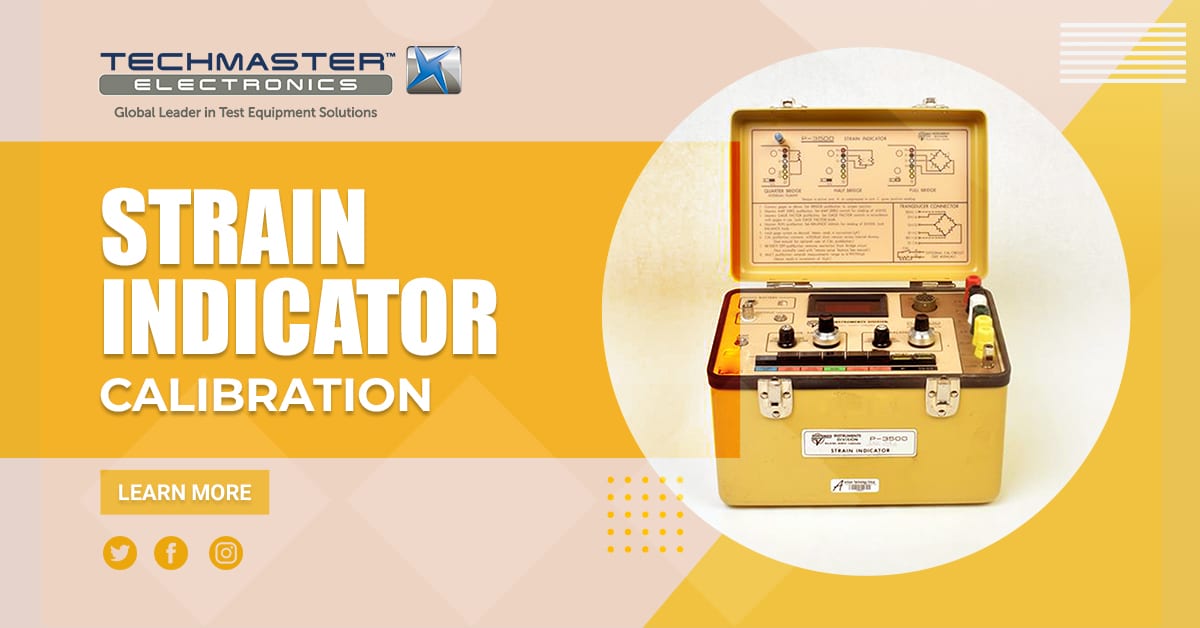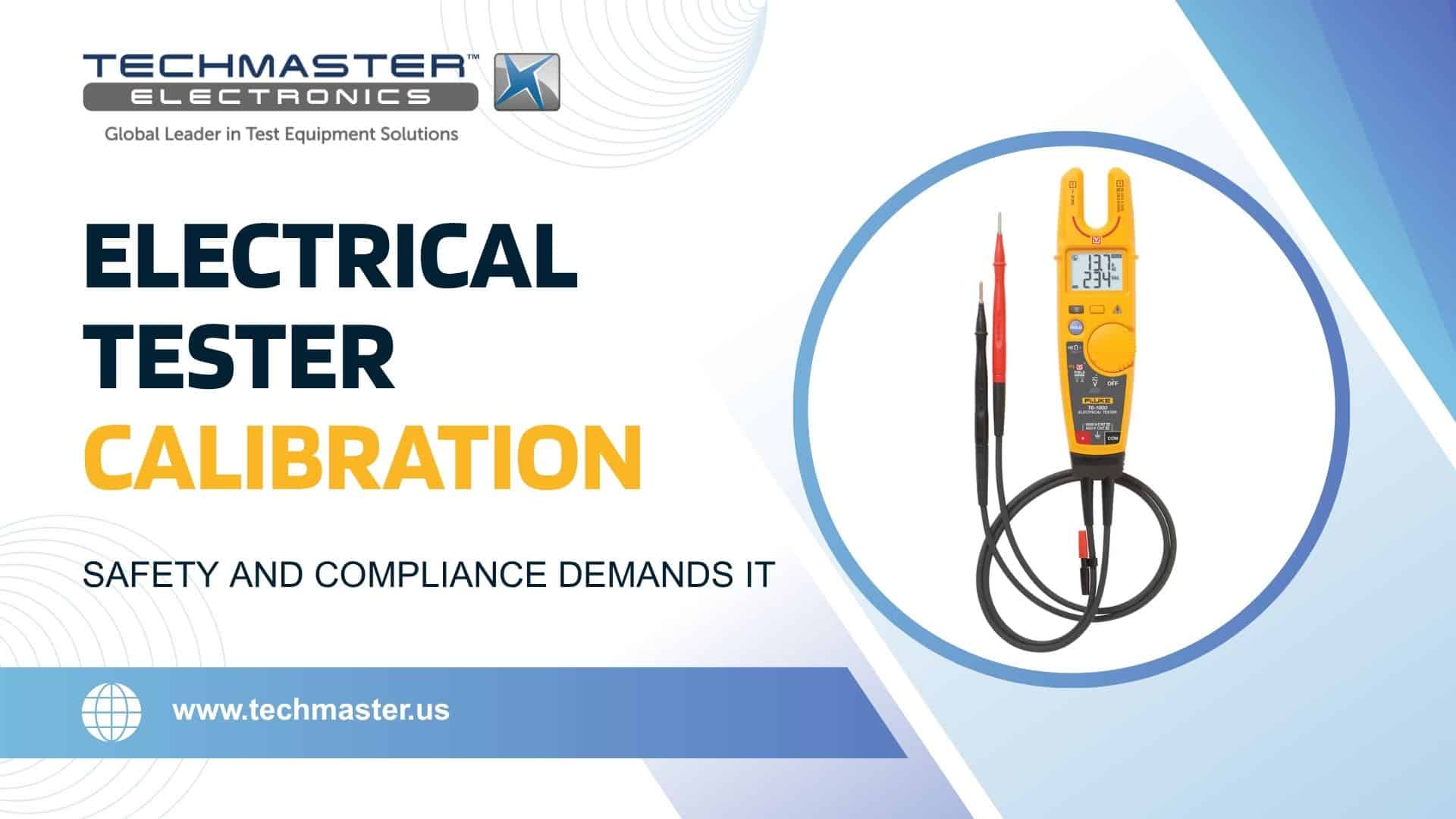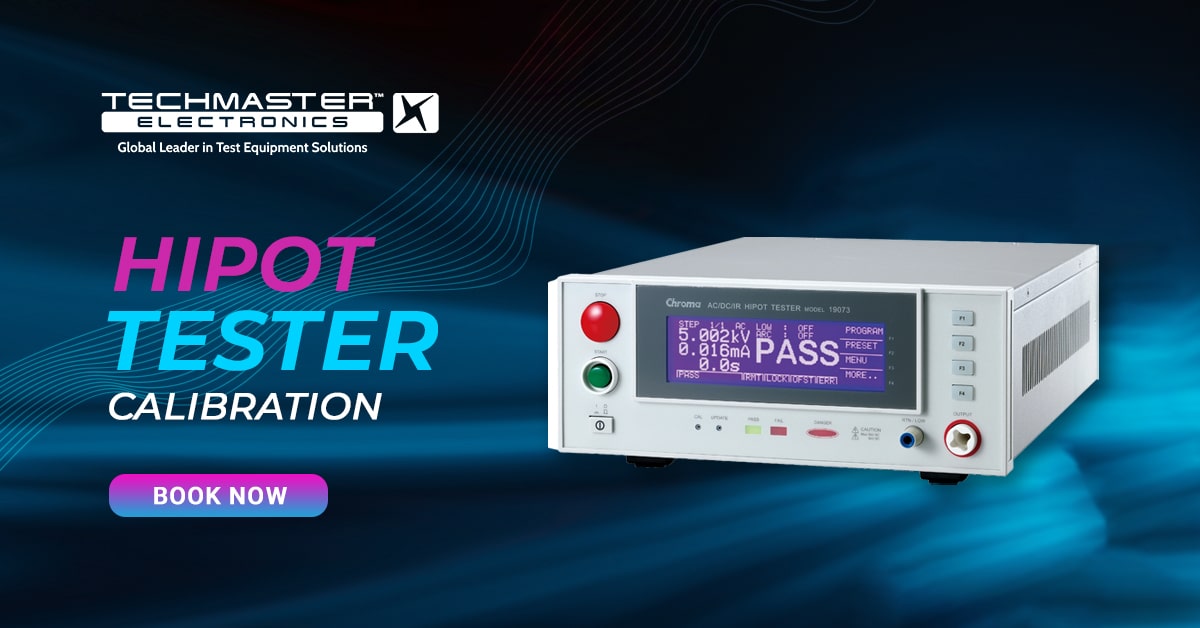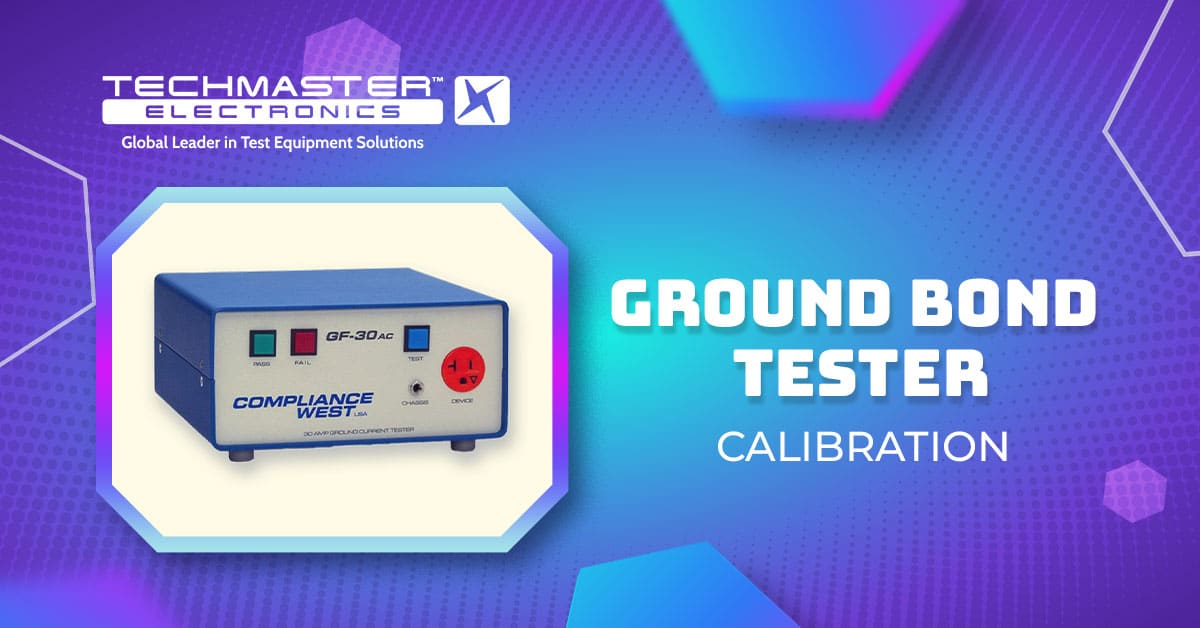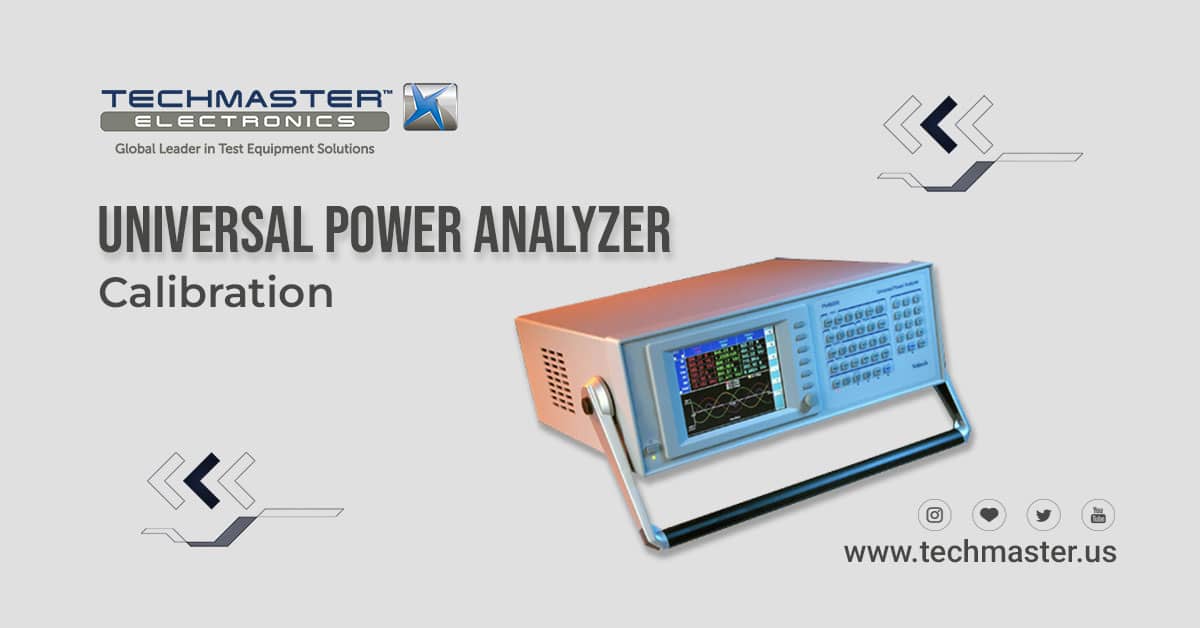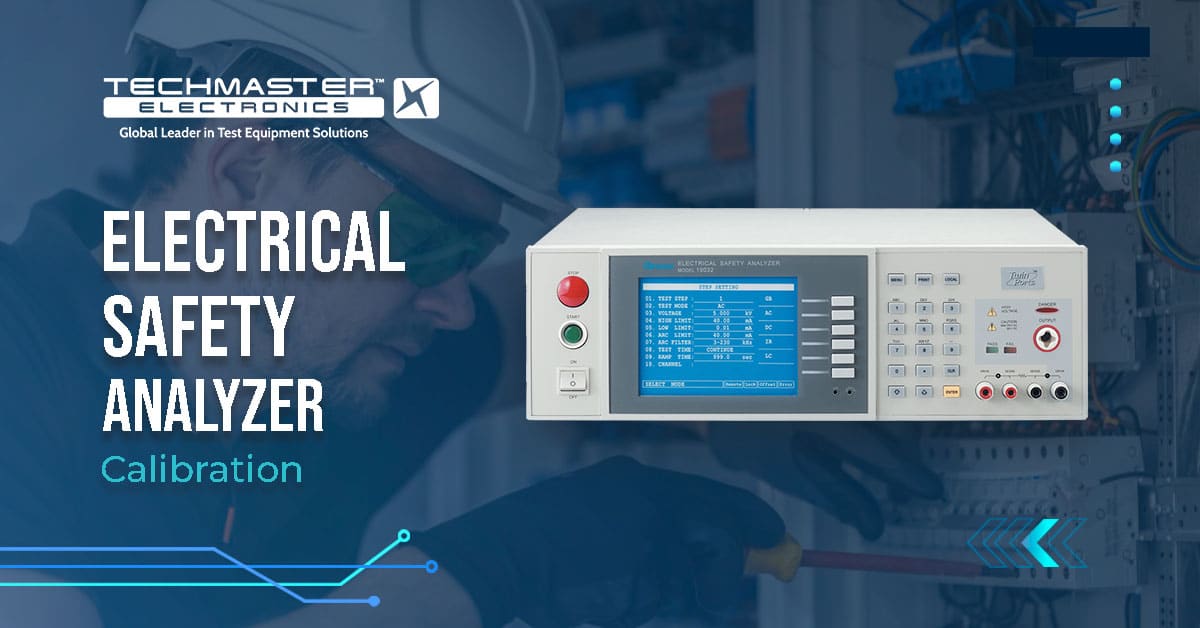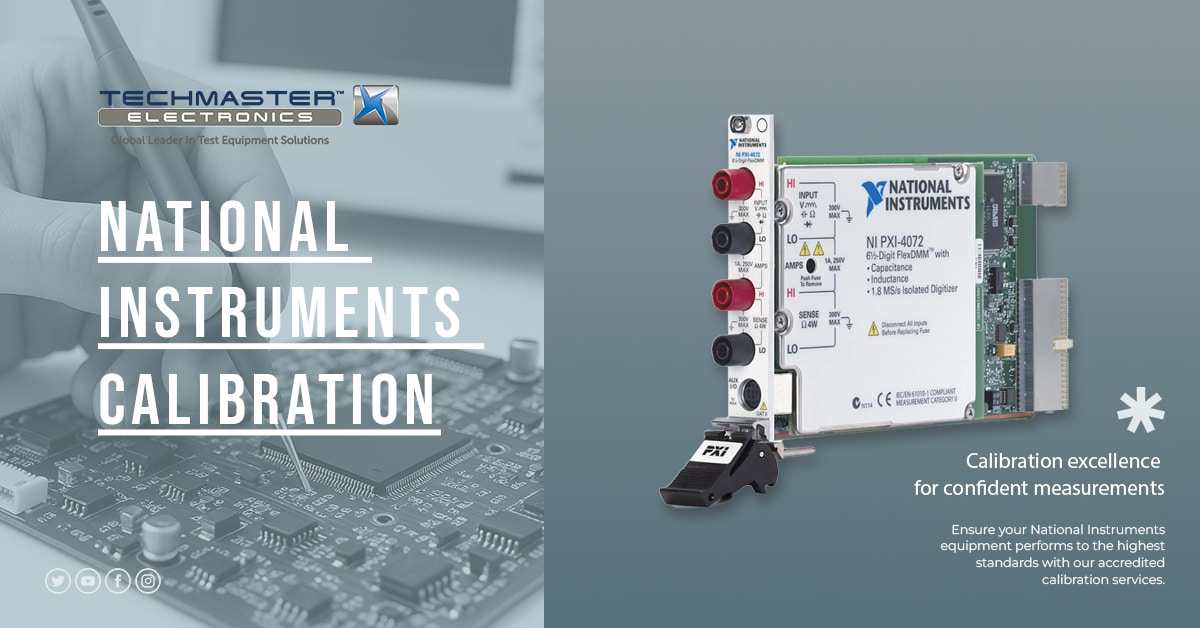
When engineers and quality managers rely on National Instruments calibration for their test and measurement tools, they are investing in measurement accuracy. In fact, accurate instruments are essential for research labs, production lines and following industry rules. Whether you are an engineer responsible for data acquisition modules, a quality manager concerned with regulatory compliance, or someone new to measurement science, understanding how and why to calibrate National Instruments (NI) hardware can increase reliability and confidence. Specifically, this article explains the importance of calibration, covers typical service options and standards, and shows how Techmaster Electronics supports customers across many industries. In particular, a PXI‑4072 digital multimeter highlights the practical aspects of maintaining NI equipment.
Why Calibration Matters
Calibration compares a device’s measurements with a trusted reference. Regular calibration keeps instruments aligned with the true value, improving decision‑making, product quality and safety.
Accuracy & Reliability
Frequent calibration aligns instruments with a known standard, compensating for drift and wear. Keeping readings close to the true value builds trust in data, supports informed decisions and ensures consistent results across research, engineering and diagnostics.
Safety
In sectors like chemical production, aviation and healthcare, precise measurements distinguish safe operation from hazardous conditions. Calibration ensures safety‑critical equipment functions correctly, protecting employees, customers and the environment.
Cost Savings & Quality
Regular calibration reduces long‑term costs by improving process efficiency and minimising waste. Accurate instruments limit scrap, rework and recalls, extend equipment life and help products meet specifications for higher customer satisfaction.
Compliance & Traceability
Many industries must follow strict standards. Regular calibration demonstrates measurement traceability to national or international standards, helping companies meet regulations like ISO 9001 and IEC 17025, avoid penalties and maintain certifications.
Accuracy and reliability
In general, calibrated instruments provide more reliable readings. Specifically, calibration compensates for drift caused by ageing components, environmental conditions or wear. By comparing measurements to a known standard and adjusting if necessary, organisations can maintain the quality of their measurement systems. Otherwise, the risk of inaccurate results increases, which can lead to product defects or unsafe conditions. Furthermore, an article from EML Calibration emphasises that even slight deviations in measurement accuracy can have serious consequences in healthcare, aerospace and manufacturing; calibration ensures equipment is correctly adjusted and aligned.
Compliance and traceability
Moreover, many industries operate under strict regulatory frameworks. Quality standards such as ISO 9001 and ISO/IEC 17025 require that measurements be traceable to national or international standards. The guide notes that regular calibration helps companies comply with regulations, avoiding legal penalties and reputational damage. Additionally, ISO/IEC 17025 accreditation shows technical skill and ensures that calibration laboratories operate to strict quality management practices. Laboratories accredited to this standard must maintain detailed records, perform regular internal checks and ensure measurement traceability.
Safety
Importantly, in sectors such as chemical production, aviation and healthcare, inaccurate measurements can endanger lives. Proper calibration ensures that safety‑critical equipment functions correctly. This helps distinguish between safe operating conditions and potentially hazardous situations, protecting employees, customers and the environment. EML Calibration warns that inaccurate measurements may lead to safety hazards, financial losses and reputational damage, highlighting that systematic calibration helps businesses meet regulatory requirements.
Cost savings and quality assurance
Although regular calibration may seem like an extra expense, it often reduces long‑term costs. Accurate instruments minimise the risk of scrap, rework or product recalls; they also prevent downtime caused by unexpected failures. According to the Distrelec guide, routine calibration maximises process efficiency and minimises waste. Making sure that instruments stay within specified limits makes them last longer and delays the need for replacement. Calibration also supports quality by checking that products meet necessary specifications. Finding measurement inaccuracies early reduces the likelihood of product recalls or unhappy customers.
Understanding National Instruments calibration services
In general, National Instruments manufactures a wide range of data acquisition modules, PXI instruments and control hardware. Therefore, to keep them accurate and reliable, these devices require regular calibration. NI hardware often features internal self‑calibration procedures that adjust gain, offset and temperature coefficients to ensure short‑term accuracy, yet external calibration against traceable standards is still essential to verify overall performance.
Built‑in self‑calibration and external cycles
For instance, many NI PXI modules, such as the PXI‑4072 FlexDMM, include self‑calibration functions. The PXI‑4072 datasheet describes it as a multifunction device combining a 6½‑digit digital multimeter, 1.8 MS/s isolated digitizer and LCR meter, with 20 built‑in measurements and a built‑in self‑calibration process. Self‑calibration adjusts gain, temperature and offset internally and is used to compensate for short‑term drift. However, NI recommends an external calibration cycle of two years for the PXI‑4072. External calibration compares the device to high‑accuracy reference standards and checks that it meets stated specifications. It provides clear traceability records and is usually required to meet ISO/IEC 17025 audits.
The scope of NI instruments
Because of its broad product line, National Instruments offers thousands of instruments across multiple platforms (PXI, CompactDAQ, CompactRIO, modular instruments and more). Calibration must address many measurement fields. Tektronix, a major provider of multi‑brand calibration, notes that it can calibrate more than 140,000 instruments from 9,000 manufacturers and offers flexible delivery options, calibration levels matched to specifications and a tool to manage assets. The company emphasises that expert technicians ensure each calibration meets specific quality requirements. Although Tektronix provides multi‑brand calibration services, many third‑party labs also focus on NI equipment. When selecting a calibration provider, look for services accredited to ISO/IEC 17025 and ANSI/NCSL Z540.1, with traceability to national standards.
Service pillars: calibration, repair and lifecycle support
For this reason, Techmaster Electronics presents itself as a complete partner for managing your test equipment. Specifically, its core service pillars include calibration, repair and sales/rentals. Offering repair alongside calibration allows clients to address instruments that fail calibration without sending them elsewhere. Sales and rentals provide temporary replacements or extra instruments during busy times, and environmental testing makes sure equipment works within set conditions. This complete approach makes purchasing easier and builds long‑term relationships.
Key standards and traceability
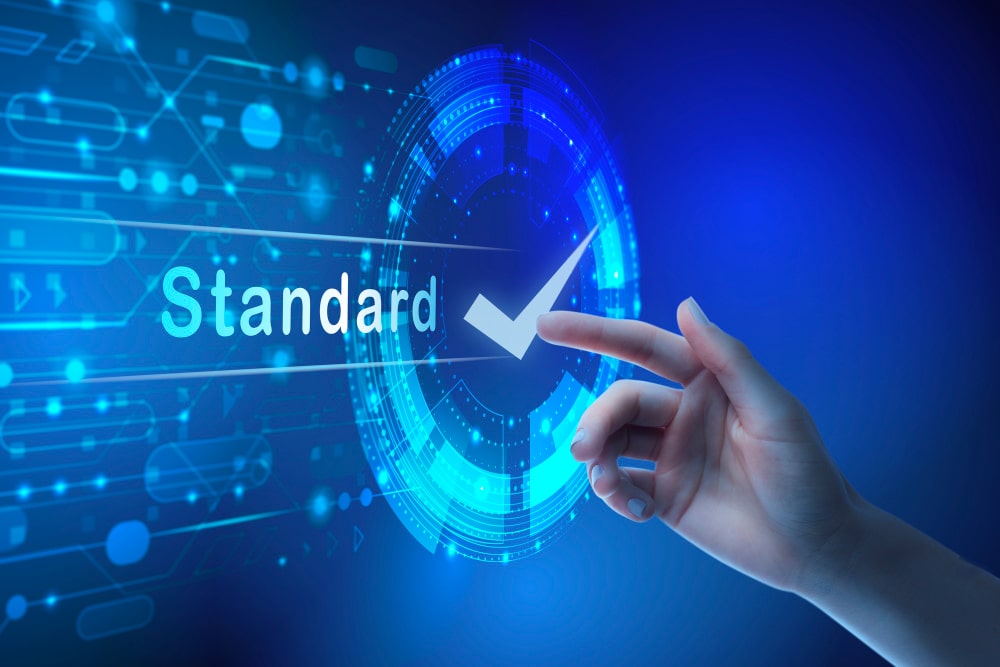
Adhering to recognised standards is fundamental to delivering trustworthy calibration. Techmaster emphasises compliance with ISO/IEC 17025:2017, ANSI/NCSL Z540.1 and NIST traceability.
- ISO/IEC 17025 specifies requirements for the technical competence of calibration laboratories, covering management systems, method validation and measurement uncertainty.
- ANSI/NCSL Z540.1 is a U.S. standard often required in aerospace and defence industries.
- NIST traceability means that measurements can be linked through an unbroken chain of calibrations to the National Institute of Standards and Technology or other national metrology institutes.
These layers of compliance provide assurance to customers with different levels of regulatory requirements.
Calibration disciplines and equipment
In addition, modern calibration labs must handle many instruments. Techmaster’s capabilities across many measurement fields. Understanding these areas helps clients identify whether a provider can service all their NI instruments.
RF and microwave calibration
Specifically, RF calibration covers network analyzers, signal generators, spectrum analyzers and power sensors. Engineers who use NI PXI RF modules should choose providers who can calibrate up to the required frequency range, often up to 50 GHz. Proper RF calibration ensures accurate amplitude, frequency and phase measurements, which are critical in communications and radar testing.
Electrical and digital multimeter calibration
Similarly, electrical calibration includes AC/DC multimeters, power sources and oscilloscopes. In practice, multi‑function calibrators such as the Fluke 55XX series, Fluke 5730A and 9500X are used to calibrate NI instruments. Calibration labs must use high‑accuracy calibrators to achieve suitable Test Uncertainty Ratios (TURs) and keep traceability. When calibrating a digital multimeter such as the PXI‑4072, the lab uses reference standards that exceed the instrument’s accuracy by a factor (often 4:1) to give confidence.
EMC/EMI, vibration and other disciplines
Moreover, electromagnetic compatibility (EMC) and electromagnetic interference (EMI) testing require calibration of EMI receivers, current probes, ESD simulators and surge generators. Vibration calibration involves accelerometers and vibration control systems. Time and frequency calibrations cover frequency counters, rubidium standards and GNSS simulators. Dimensional, thermodynamic and mass‑mechanical areas include calipers, temperature chambers, pressure gauges and torque tools. Labs servicing NI equipment often provide these additional areas so that customers can calibrate multiple instruments through a single provider, making logistics simpler.
Case example: calibrating a PXI‑4072 digital multimeter
For example, the PXI‑4072 FlexDMM combines the functions of a digital multimeter, an LCR meter and a digitizer in a single slot. According to its datasheet, the module integrates 20 common test functions with flexible resolution and built‑in self‑calibration. As an LCR meter, this module provides 0.25 % basic accuracy for inductance and capacitance at measurement rates up to 40 samples per second. The device can acquire both AC‑ and DC‑coupled voltage and current waveforms up to ±300 V and ±1 A at a maximum sampling rate of 1.8 MS/s. NI recommends an external calibration cycle of two years.
Step 1: Prepare & Setup
- Identify device & manuals
- Select high‑precision standard (3–4×)
- Stabilise at 23 °C ± 5 °C
- Connect calibrator & collect as‑found
Step 2: Measure & Compare
- Take readings across ranges
- Measure voltage, current & resistance
- Compare against reference values
Step 3: Adjust & Self‑Cal
- If out of limits, adjust settings
- Run built‑in self‑calibration
- Retest & record as‑left data
Step 4: Document & Certify
- Record measurements & environment
- Prepare certificate (date, method, results)
- Label instrument & schedule next calibration
When calibrating a PXI‑4072, a lab follows these steps:
-
Preparation and setup – The Distrelec guide explains that calibration begins with preparation, including reviewing documentation and ensuring that reference standards are appropriate. First, the instrument and references must stabilize at the right temperature and humidity, typically within 23 °C ± 5 °C.
-
Connection and measurement – Then, the instrument is connected to reference standards (multifunction calibrators and impedance bridges) to compare voltage, current and resistance across ranges. Measurements are recorded as “as found” data.
-
Adjustment and self‑calibration – After that, if deviations exceed acceptable limits, the lab performs an adjustment. For the PXI‑4072, built‑in self‑calibration may compensate for minor drift. After adjustments, the device is measured again to capture “as left” data.
-
Documentation – Finally, a calibration certificate is prepared, listing measurement points, uncertainties, environmental conditions and traceability. EML Calibration notes that certificates provide vital information such as calibration date, method and results, and helps organisations meet industry rules. They also confirm that instruments meet specific standards and give stakeholders confidence in the measurement data.
Choosing the right calibration provider
Accreditation and competence
To ensure quality, choose a calibration provider accredited to ISO/IEC 17025 and ANSI/NCSL Z540.1, to make sure that measurements are traceable and that the lab is regularly audited. F.D. Hurka Metrology explains that ISO/IEC 17025 accreditation shows that laboratories follow best practices in quality management and technical processes. Accredited labs are independently checked and must meet strict criteria, including staff qualifications and measurement traceability.
Comprehensive capabilities
Additionally, a provider with broad capabilities can handle multiple types of instruments, saving time and making logistics simpler. Techmaster advertises calibration disciplines ranging from RF/microwave and electrical to thermodynamic and chemical measurements. Thus, this one‑stop approach is especially useful for companies with diverse NI hardware because they can calibrate PXI modules, power supplies and sensors through a single relationship.
Flexible service options
Similarly, consider whether the provider offers on‑site calibration, pick‑up and delivery or fast service. Tektronix highlights flexible delivery options and an online tool (CalWeb) for tracking certificates and invoices. For fast production lines, on‑site or quick calibration reduces downtime. Providers should also supply loaner or rental instruments to cover gaps during calibration, as Techmaster’s sales/rentals service does.
Technical expertise and customer support
Moreover, experienced technicians understand NI design and know how to handle multifunction modules like the PXI‑4072. Service providers should also offer repair services when instruments fail calibration and keep a good stock of spare parts. Good customer support includes clear communication, timely quotations and automatic reminders when instruments are due for calibration. Techmaster highlights customer service and quick turnaround times.
How often should NI instruments be calibrated?
Typically, calibration frequency depends on several things: manufacturer recommendations, instrument stability, how often you use it and regulatory requirements. Many NI instruments call for a one‑ or two‑year interval for external calibration. The PXI‑4072 has a two‑year external cycle, but high‑precision or safety‑critical uses may require yearly calibration. Additional considerations include:
-
Environment – Instruments used in harsh environments (high temperatures, vibration or humidity) may move off specification faster and require shorter intervals.
-
Criticality – Equipment used for final product acceptance or safety‑critical measurements often demands more frequent verification.
-
History – Instruments with stable calibration results over time might justify longer intervals, while those showing large drift should be calibrated more often.
A calibration provider can suggest suitable intervals based on historical data and compliance needs. Additionally, tracking calibration due dates through asset‑management software lowers the risk of expired certificates.
Techmaster Electronics: your calibration partner

With over 30 years of experience, Techmaster Electronics offers complete calibration services backed by a commitment to quality, accuracy and customer satisfaction. The company’s accreditation to ISO/IEC 17025:2017 and compliance with ANSI/NCSL Z540.1 make sure that calibrations are traceable to national standards. Techmaster’s broad scope covers RF/microwave, electrical, thermodynamic, mechanical and many other areas, making it a one‑stop solution for organisations with diverse NI hardware. Additional services include repair, environmental testing, sales and rentals, offering a smooth solution when instruments fail or require temporary replacements.
Why choose Techmaster for National Instruments calibration?
-
Accredited and reliable – Techmaster’s ISO/IEC 17025 accreditation shows technical skill and consistent quality. With a focus on strong measurement practices, customers can trust that their NI instruments will meet stated specifications.
-
Comprehensive capabilities – From calibrators and oscilloscopes to RF signal generators and environmental sensors, Techmaster can service all main NI platforms.
-
Fast turnaround and customer service – Short turnaround times reduce downtime, and responsive service ensures that clients receive clear documentation and advice.
-
Lifecycle support – In addition to calibration, Techmaster provides repair and rental options, reducing disruptions when equipment is out of service.
Conclusion
Calibration underpins confidence in measurement data. Engineers and technicians can trust that instruments perform to specifications, reducing the risk of erroneous results. Quality managers and procurement professionals gain assurance that equipment meets regulatory standards, avoids costly non‑compliance and extends the life of investments. Meanwhile, newcomers to the field find that understanding calibration opens the door to appreciating how measurement quality drives innovation and safety. By partnering with an accredited provider like Techmaster Electronics and following recommended intervals for external calibration—even when instruments offer built‑in self‑calibration—organisations can achieve peace of mind and maintain a competitive edge.
Whether you need NI calibration services for PXI modules, data acquisition systems or other instrumentation, Techmaster’s accredited labs and experienced technicians can help. Contact Techmaster for a consultation or request a quote to discover how their tailored solutions can support your projects.



